BISON small engine
Real factory focus on small engines

Purchasing by other categories of small engines
MON - FRI 8AM - 5PM
(86) 159 6789 0123
BISON small engine
Real factory focus on small engines

Purchasing by other categories of small engines
Manufacturing company that makes small engine product
CONTACT USStart working with BISON, we can provide everything you need for production, wholesale.
A holistic solution to your most common questions about BISON's products, services and brands.
Small engine is an internal combustion engine, which relies on the explosion of fuel to operate. The explosion produces energy, and the mechanical parts in the engine use this energy to power the equipment.
Like any equipment, the engine needs maintenance to keep it in top condition. The following are some tips for maintaining the engine:
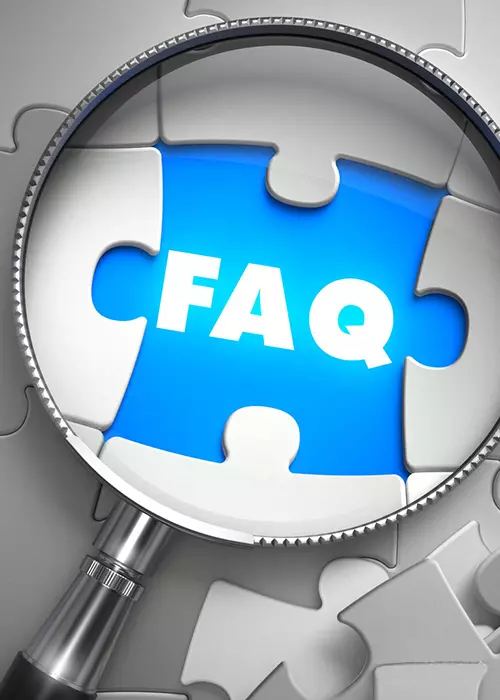
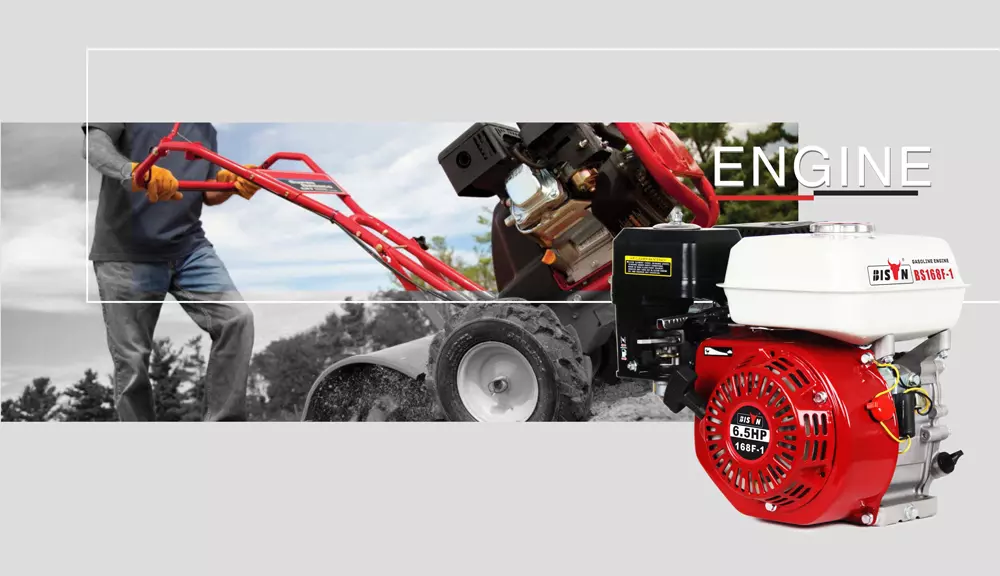
As our customers confirm, BISON engines are the most robust and durable in this market segment. It doesn't matter where they are used; whether at very low temperatures or in a tropical climate, it can carry out its job reliably. Small engine has compact size, simple structure and efficient performance. With regular maintenance, many thousands of hours are commonplace. Check out our wide range of industrial engines; electric start and recoil start, small gasoline and diesel engines wholesale.
There are two types of engines currently produced: spark-ignition gasoline engines and compression-ignition diesel engines. The difference between gasoline engines and diesel engines is the way they supply and ignite fuel. In a gasoline engine, fuel is mixed with air and then drawn into the cylinder during the intake process. After the piston compresses the fuel and air mixture, the spark ignites it, causing combustion. In a diesel engine, only air is drawn into the engine and then compressed. The diesel engine then injects fuel into the hot compressed air at a suitable and measurable rate, causing it to ignite. In addition to common gasoline engines or diesel engines, BISON also provides dual-fuel engines or multi-fuel engines
Small engines can be classified into two different types according to their engine technology: two-stroke and four-stroke. Most of them are four-stroke cycle engines, which means that four piston strokes are required to complete one cycle. The cycle includes four different processes: intake, compression, combustion, and exhaust. Four-stroke engines power most cars, light trucks, medium and large motorcycles, and lawnmowers. Two-stroke engines are less common, but they are used in small outboard marine engines and many handheld landscape tools such as chainsaws, hedge trimmers, and leaf blowers.
You can also wholesale horizontal engines or vertical engines at BISON. What is the difference between a vertical and horizontal shaft engine? In a horizontal engine, the piston moves vertically. If the engine is tilted or the horizontal shaft motor is not installed vertically, oil will flow from the crankcase into the piston chamber. These engines are mainly used for chain saws and leaf blowers. In a vertical engine, the piston moves horizontally. These engines are mainly used for lawn mowers, brush cutters and small tillers. In addition, there are many types of shafts such as tapered shafts, Keyway shafts and threaded shafts.
As manufacturers continue to introduce new models, you may not find a replacement engine with exactly the same horsepower. In this case, you need to choose the most recent model with the same specifications and functions. BISON's engine series range from 2.6HP to 18HP and can be connected to any application you may need. If you replace the electric motor with a gasoline engine, please use the following formula: Gas engine HP = Electric motor HP x 1.3. This is because the efficiency of a gas engine may be 30% lower than that of an electric motor. If designing a new application, remember to choose an engine that uses up to 85% of its rated horsepower. You don't want the engine to run at 100% load for a long time, otherwise its life will be significantly shortened. Another factor to consider when sizing a gas engine is altitude. Due to the reduced oxygen content, small engines lose power at high altitudes. This means that a larger displacement engine is needed to offset the power loss.
It is very important to wholesale engines with the same number of cylinders. Single-cylinder engine cannot produce the same power and torque as a V-type two-cylinder engine, and cannot give full play to the full capabilities of your machine.
For horizontal shaft engines, you should measure the length from the oil seal to the end of the crankshaft. For vertical shaft engines, you must measure from the mounting flange of the engine to the end of the crankshaft, and you also need to consider the type and number of keyways required for your application.
The recoil start system is activated by a drawstring. The pull rope drives the flywheel to rotate to generate the voltage required for ignition. The electronic starting system relies on battery power and a starting motor to start the engine.
The gear ratio takes into account the application of the equipment and the speed of the engine. On most small engines, the speed of the crankshaft is 3,600 revolutions per minute (RPM). In some applications this speed will be too high. The engine with a gear ratio of 6:1 has a gearbox integrated with the engine crankshaft. Every 6 revolutions of the crankshaft, the gearbox and the shaft of the gearbox will rotate once, and the final output is 600 RPM. This allows the engine to run at the highest no-load speed while still using the full torque of the engine.
If there is insufficient oil in the crankcase, the low oil level system grounds the ignition device, thereby stopping the engine (or preventing it from starting).
The mechanical governor uses gears and flyweights in the crankcase to sense speed and detect changes in load, and adjust the throttle to compensate.
Cast iron cylinder liners, pistons and related components can withstand wear and tear, while improving fuel consumption to extend engine life.
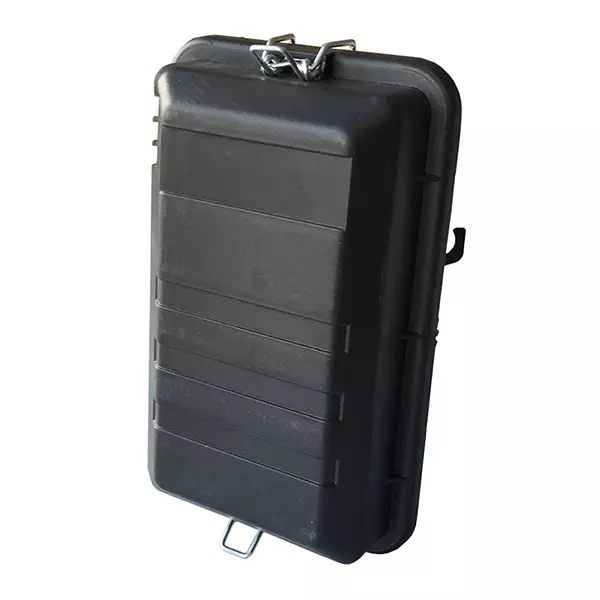
The air filter prevents debris from entering the engine and clogging or damaging important components. There are several main types of air filters, including pleated paper, sponge, and dual filter elements. If the filter is clogged, the engine will not be able to breathe, resulting in loss of power. The filter should be checked and cleaned or replaced regularly.
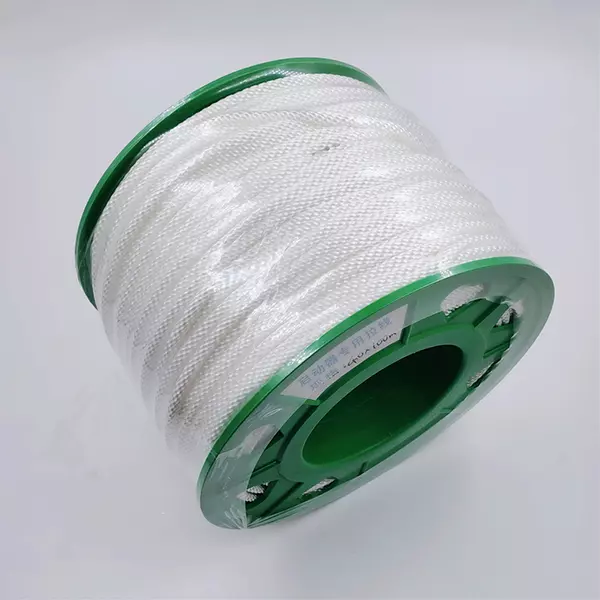
Sometimes, the recoil start nylon rope will break.
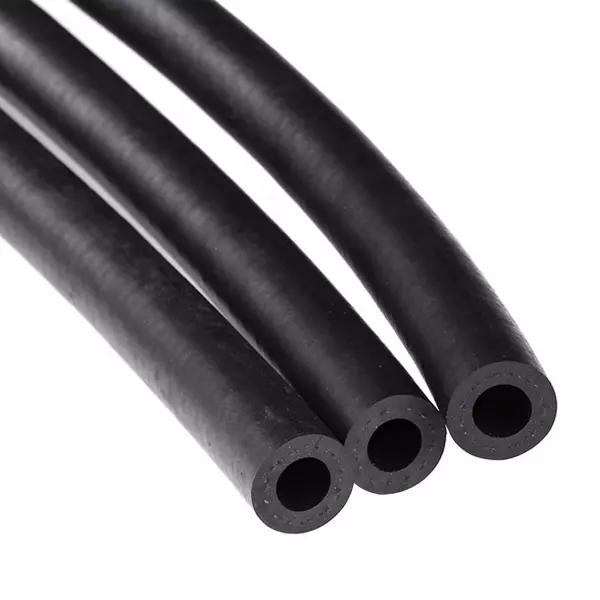
Over time, the fuel line can rupture, split or block. If you find a leak or crack in the fuel line, please repair it immediately because it has a fire hazard.
There are many different types of spark plugs. Make sure to equip the gasoline engine with the correct spark plug.
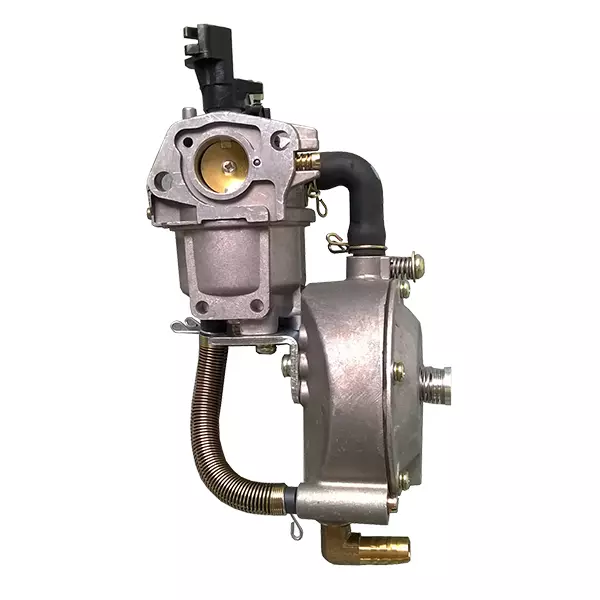
The carburetor is like the heart of the engine. Good cleaning or maintenance will avoid engine failure due to carburetor problems. If you encounter more serious problems, please replace the carburetor.
Relying on BISON versatile and durable engine, no matter how difficult the work is, it can run consistently and start easily. With OHV technology, our engines can maximize power without sacrificing fuel economy.
Table of content
small engine guides written by BISON experts
Acquire all kinds of knowledge from professional China factory
Small engine generally produces less than 25 horsepower (hp). Small engines are used in various applications and are often found in outdoor equipment such as tractors, lawn mowers, generators, etc.
In this article, we'll take a closer look at small engine terminology. BISON breaks down complex terms into easy-to-understand explanations.
Learn the difference between a small diesel engine and small petrol engine. This in-depth guide will answer all of your questions